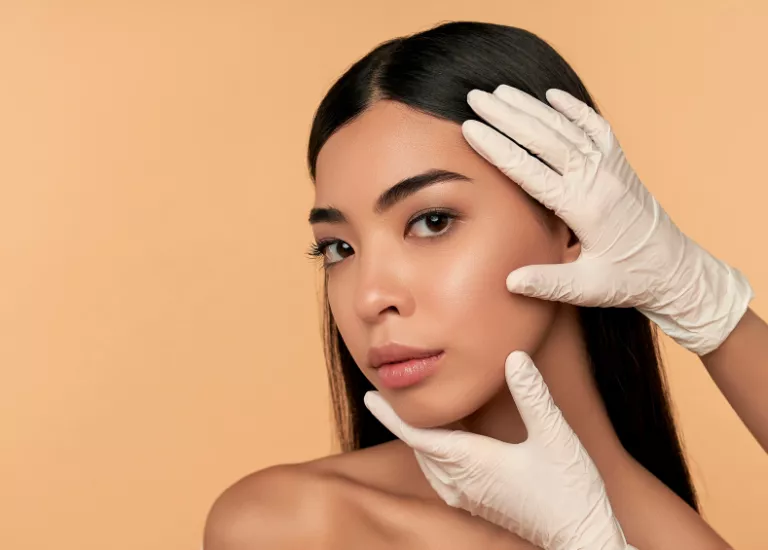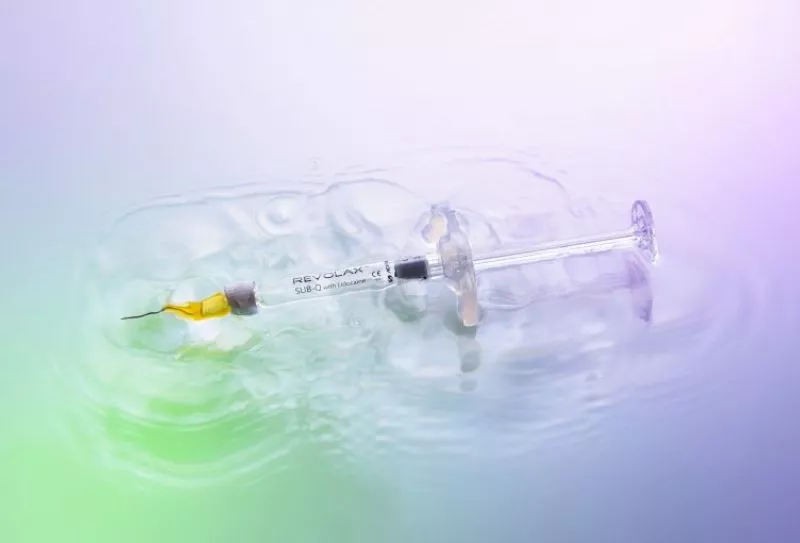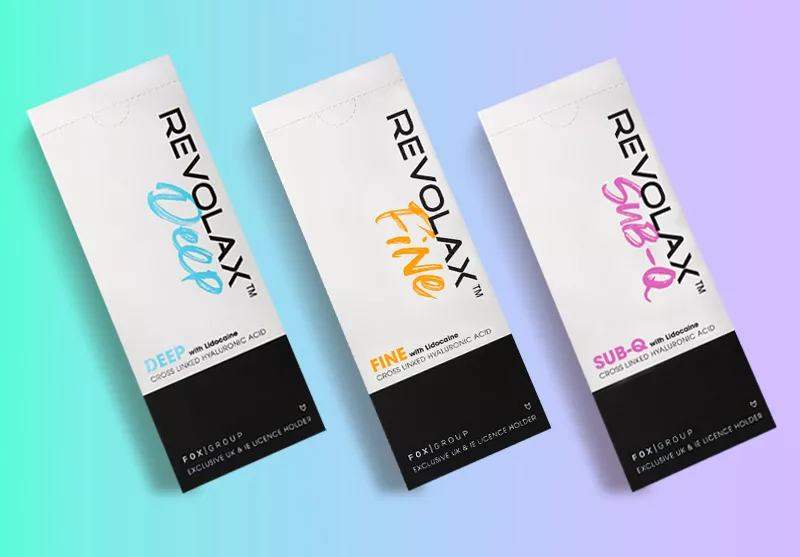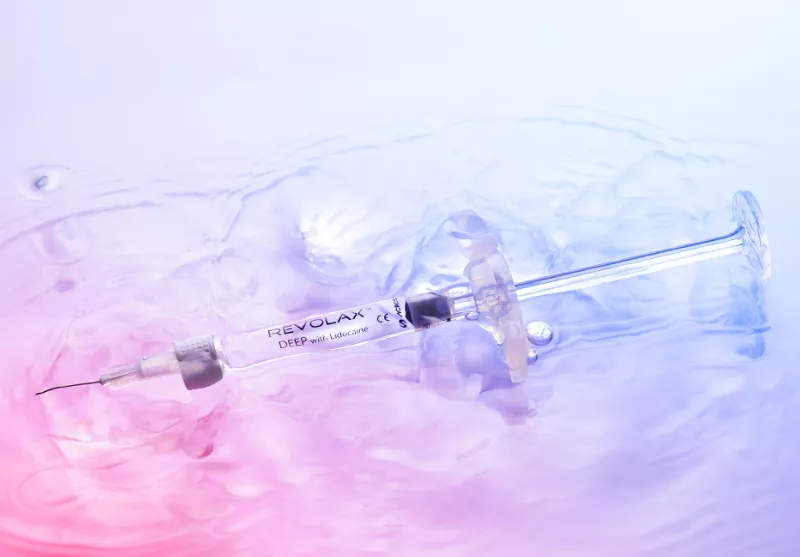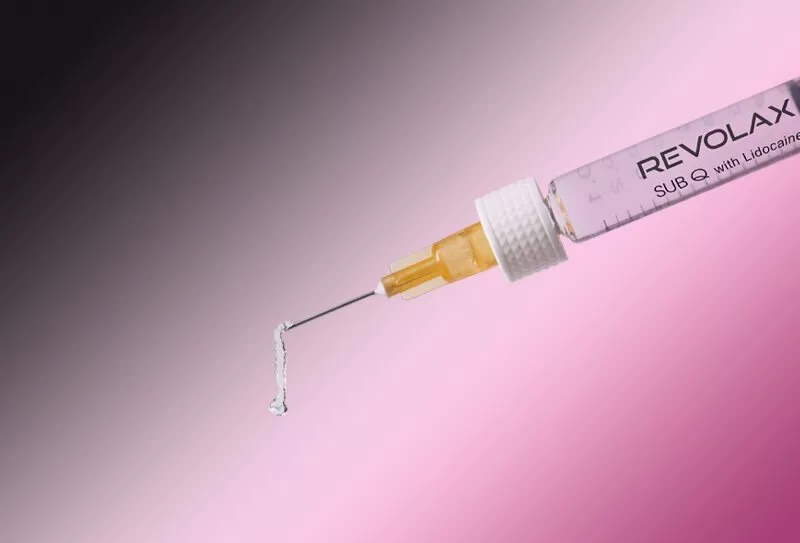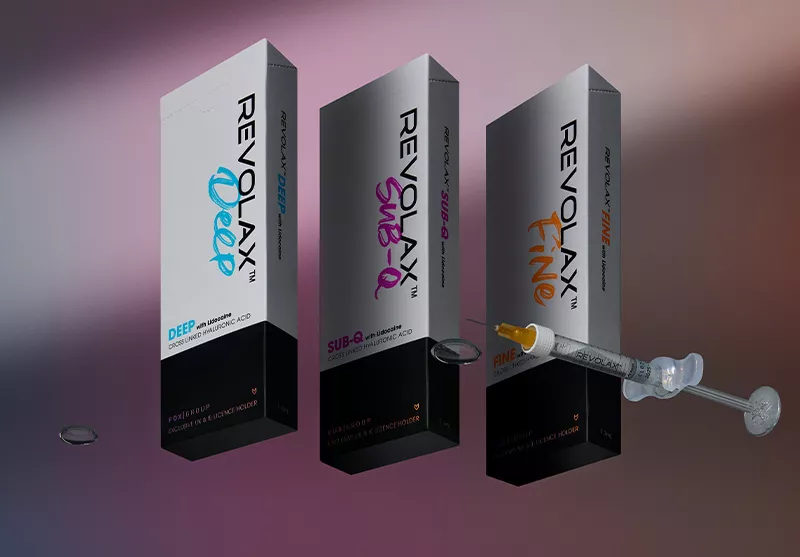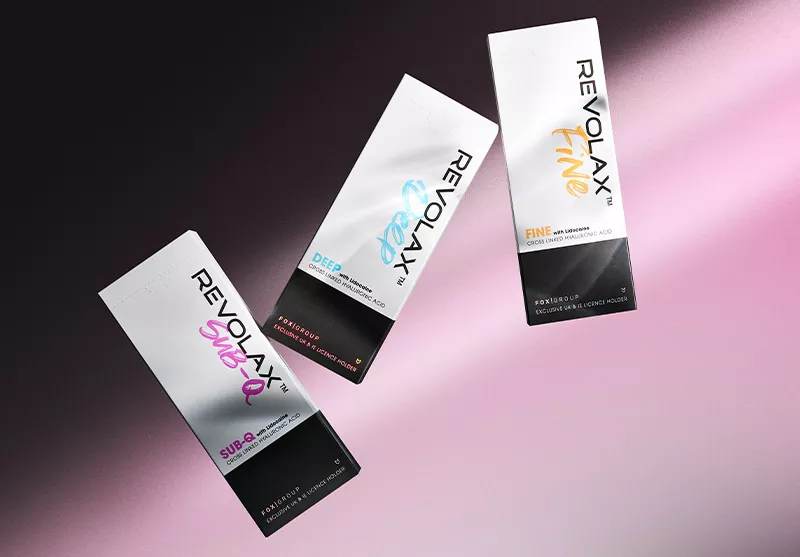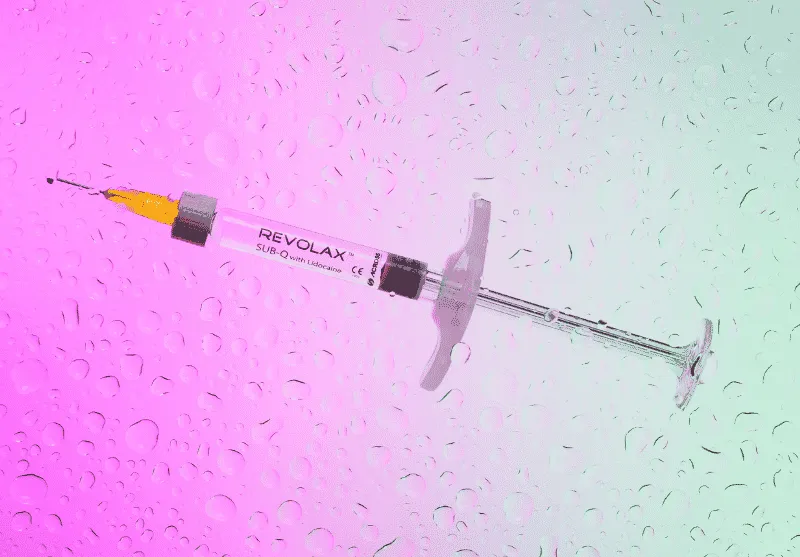Once thought to be a treatment reserved solely for mature clients, temple filler is rapidly rising in popularity, gaining traction for its lifting benefits and abilities to restore youthfulness to the face.
Read more on the blog to discover whether you are the perfect candidate for temporal rejuvenation.
What does temple filler do?
Temple filler adds volume to the temple area, helping to balance the structure of the upper face. The process involves injecting a dermal filler, typically a hyaluronic acid dermal filler, into the temporal area.
Why get temple filler?
Clients may opt for this treatment to soften any hollowing of the temples, this can occur as a result of ageing or weight loss. The temporal fat pads can be significantly affected by weight loss and in particular, cardiovascular activity.
The treatment provides instant results, giving the skin a boost of volume and hydration. Clients may add this treatment on to another non-surgical dermal filler procedure such as cheek filler to further balance the proportions of the face, softening the line between the temple bone and the cheeks. If you’re looking to subtly rejuvenate your complexion and restore a youthful look, temple filler is one of the most effective ‘tweakments’ that remains undetectable to the naked eye.
Those with naturally rounder faces will not benefit as much from this treatment, instead we would recommend chin filler to create the illusion of a more heart-shaped face. Temple filler would be best-suited to those with naturally longer faces or those who feel their face looks a little gaunt as a result of ageing or weight loss.
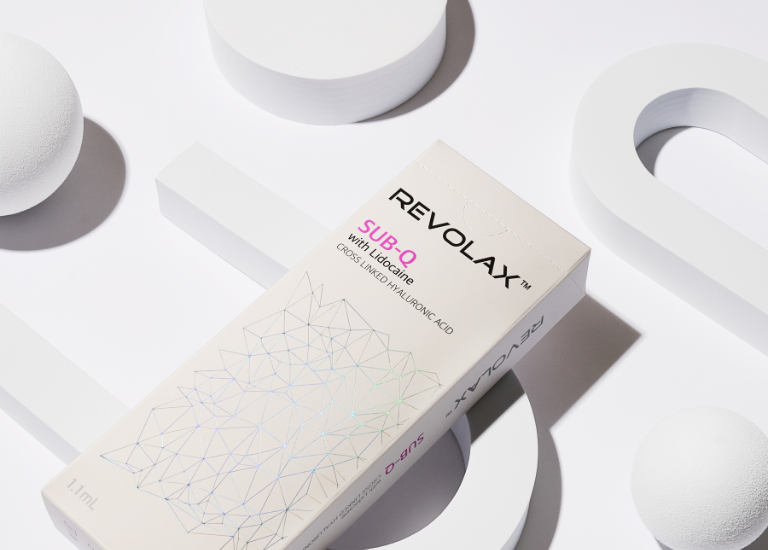
Do temple fillers lift the face?
Alongside volumizing and balancing the features to create a more oval or heart-like shape in women, temple filler can help male-identifying patients achieve a stronger-looking brow area. They can work to subtly alter the shape of the entire face, enhancing the forehead, cheekbones and brows to create a seamless contour.
Should I get temple filler to lift the eyes?
Temple filler also helps to lift the eyes, creating a mini facelift effect. The treatment offers a much softer-looking alternative to the thread lift ‘fox eye’ look, with minimal downtime. The treatment is often combined with anti-wrinkle injections in the browbone or crow’s feet area to create a lifted yet natural-looking result.
Are temple fillers safe?
Temple filler is normally a safe treatment. However, the area is considered an anatomical danger zone for injecting, due to the prevalence of blood vessels in the area. If you are interested in adding temple filler to your treatment package, you should thoroughly research your practitioner’s qualifications and make sure that they are confident and experienced at injecting into the temples.
Misplaced injections in this area can be extremely dangerous. The superficial temporal artery is an end artery, meaning that an occlusion could compromise the blood supply to parts of the forehead. Certain vessels in this area supply blood to the retina, meaning that an accidental injection into the vessel may result in vision loss. That’s why it’s vital to make sure your practitioner has a thorough understanding of anatomy. Read our blog on questions to ask your practitioner here.
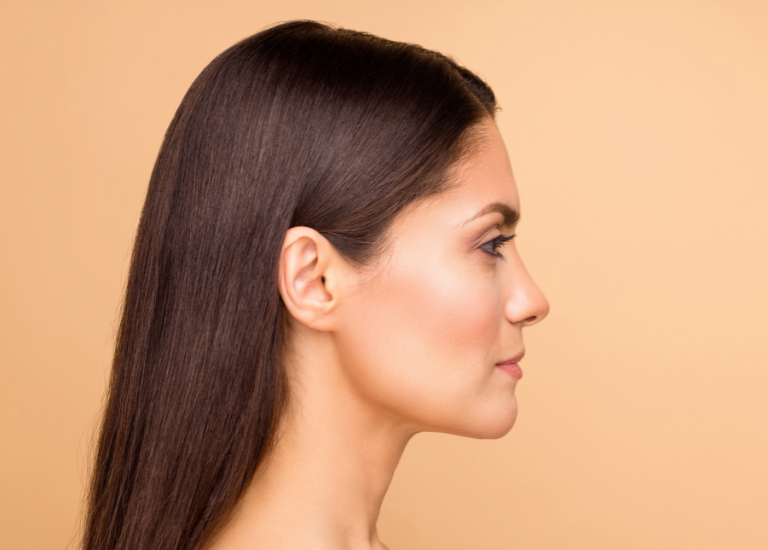
What to expect when getting temple filler
Experiencing a dermal filler injection into the temples as a patient tends to feel a little strange. This treatment area is not necessarily more painful than other areas, but feels different, due to its anatomical structure. You may feel more pushing and pulling as your practitioner locates the right injection site. Some patients also report feeling increased pressure at the temples and a crackling or crunching sound effect.
A side effect of temple filler may be jaw pain. The temporal muscle works in conjunction with the masseter muscle to open and close the mouth and this link may mean that your jaw feels stiff or sore following your treatment. Ice packs may help to ease temple swelling and pressure, in turn, soothing jaw pain.
Which dermal filler is best for this area?
Your practitioner will most likely use a thicker HA filler such as REVOLAX Sub-Q to fill the temple area and create structure and volume. Your practitioner will assess your overall facial structure to see if you are a suitable candidate for temporal rejuvenation and may suggest additional treatments to restore a youthful-looking, structured appearance. These may include the cheeks, lips, jaw and marionette line.
Your practitioner will be able to assess your facial structure and advise on whether temple filler is the treatment for you. Learn more about REVOLAX treatment areas here. If you’re new to the world of aesthetic treatments and want to go to your first appointment feeling as prepared as possible, check out our first timer-guides on REVOLAX and Seventy Hyal 2000.
